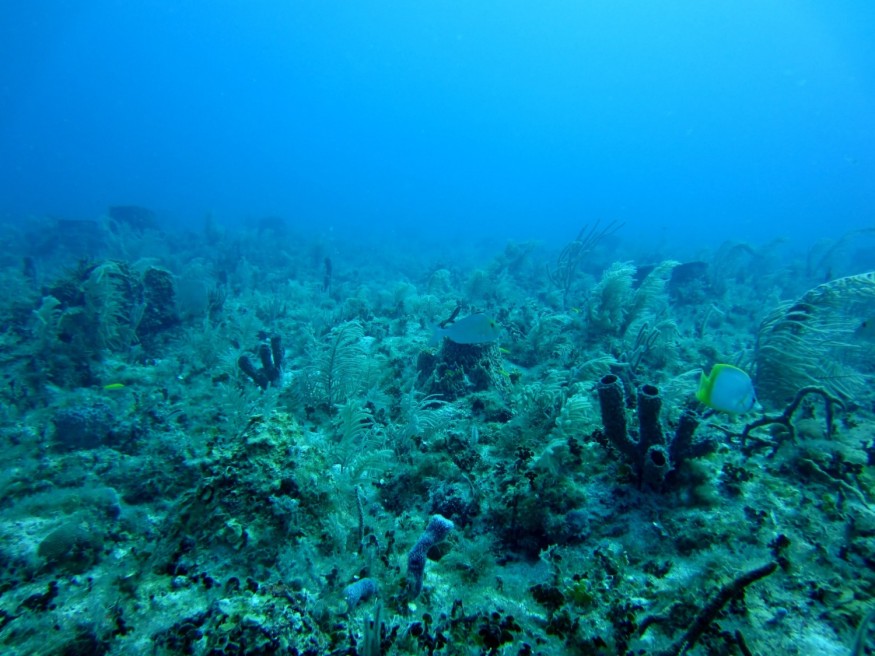Who lives in a pineapple under the sea? It's SpongeBob SquarePants and his partner-in-crime, Patrick. They do live under the sea, but certainly not in a pineapple.
The famous Nickelodeon cartoon characters which perhaps made everyone's childhood may have existed in real life according to marine scientist Christopher Mah.
The yellow sponge and pink sea star were spotted under the deep Atlantic waves through a remotely operated deep-sea vehicle used by scientists affiliated with the National Oceanic and Atmospheric Administration (NOAA) to explore deep-sea habitats, Tuesday.

Mah said that the two sea animals resembled SpongeBob SquarePants and Patrick Star, but without the pants and swim trunks.
"I normally avoid these refs... but WOW. REAL LIFE SpongeBob and Patrick!" Mah tweeted.
"I thought it would be funny to make the comparison, which for once was actually kind of comparable to the iconic images/colors of the cartoon characters," Mah emailed Insider. "As a biologist who specializes in sea stars, most depictions of Patrick and Spongebob are incorrect."
The rare sighting of the sponge and star more than a mile below the Atlantic's surface was part of NOAA's newest deep-sea expedition, known to explore submarine habitats and capture images of denizens in the deep sea.
Real-life Counterparts
From over 8,500 species of sponges that lives in the ocean for the last 600 million years, only a few resemble SpongeBob's boxy shape.
Sponges usually vary in shape and texture depending on where they live, like in soft sand or hard, rocky surfaces. Mah believed that the currently captured image of the seen SpongeBob-like sponge belongs to the genus Hertwigia. According to him, sponges far down the ocean are usually orange or white "to help them camouflage in the dimly lit environment," but the one found was surprisingly bright yellow.
Beside it was a Chondraster sea star that resembled much like Patrick with its bright pink color.
"Sea sponges, in fact, are a preferred menu item for Chondraster stars," Mah said. Ironically, the carnivorous sea star was "scooting close to the sponge likely had food, not friendship, in mind."
Also read : Unusual Sea Sponge Movement in the Arctic Ocean is Remarkable But Comes at a Horrific Price
Into the Deep Abyss of The Ocean
Sea stars and sponges typically live in the deep-sea where it is freezing and sunlight cannot penetrate, "in the true abyss of the ocean," as how Mah said it.
Mah shares expertise in sea stars and works at the Smithsonian Museum, who has also helped explore the depths of the Hawaiian Islands, the US Pacific Island territories, and the Gulf of Mexico.
"We have investigated up to 4,600-meter depths (15,000 feet, or almost 3 miles) and seen a wide range of never-before-seen ocean life, including huge deep-sea corals, many deep-sea fish, starfishes, sponges of which many are undescribed species and thus new to science," Mah said.
"All up and down the East Coast," Mah noted, looking forward to finding new star species with the help of NOAA's Okeanos ROVs which has traversed deep-sea canyons, sea mounts, and other habitats since 2010.
© 2025 NatureWorldNews.com All rights reserved. Do not reproduce without permission.





